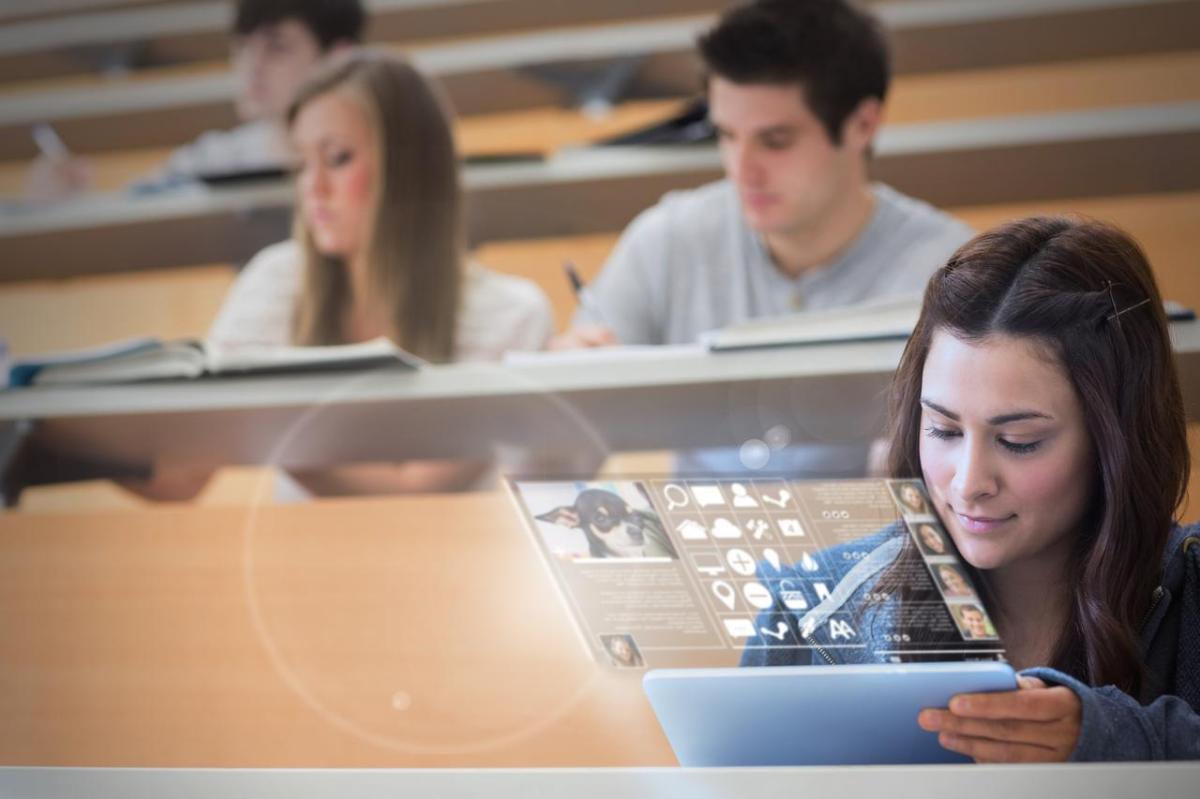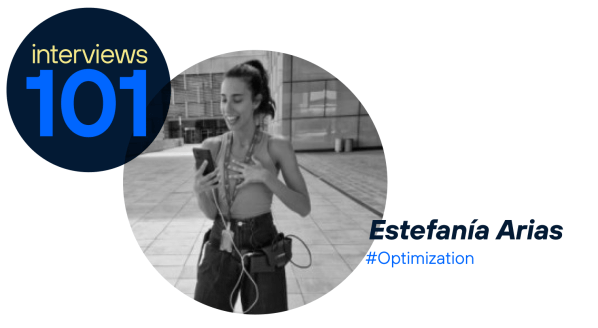Of course, many of the tools already existed when the lockdown led to the closure of schools and education centres. Video calls, applications to set up classes or lectures and interactive educational platforms had to be improved as they went along.
This gave rise to what is known as techno-pedagogies, which consists of combining traditional pedagogy (the science of education that is responsible for planning, analysing and evaluating the different teaching and learning processes) with technology, in order to optimise education. This is known as techno-pedagogical design, and is the result of a dynamic process between multiple disciplines.
Technology as a subject has been part of mainstream education since the 1970s, but in recent years it has become part of everyone’s everyday life. Techno-pedagogy allows interaction between teachers and students through platforms, serves to add knowledge and aims to take teaching one step further.
On the one hand, the pandemic served to accelerate and entrench the use of existing technologies, allowing education to continue even under lockdown and remotely, but also allowing us all to remain connected through, for example, video calls, social media, etc.
When it comes to living with technology, there is a group that does so almost naturally: the Alpha generation, those born since 2010 and who are one hundred per cent digital natives. For them, there is no divide, especially if they have the financial means to access technological resources. And it is above all for this generation that education and teacher training must undergo a profound change, especially because today the hybrid world (face-to-face – virtual) is a reality and is irreversible.
An excellent alternative is offered by the Telefónica Foundation, where education and digital training are fundamental pillars “so that no one is left behind in this new and fast-paced technological world”. For some time now, they have been working with teachers, students and social organisations to promote digital transformation and, above all, to “prevent the digital divide from preventing access to education for the most vulnerable”.
Through different projects, the Telefónica Foundation trains teachers with digital workshops and webinars, with the premise of training digital leaders. In 2022, for example, a ProFuturo course was held, providing knowledge on ICT, innovation and digital skills, as well as audiovisual resources with different proposals for the classroom, all virtually and free of charge.
In addition, through webinars, meetings with specialists were created to accompany teachers and generate an enriching exchange.
Platforms for all tastes and needs
Among the most widely used educational platforms, we can find Schoolgy, which is one of the leaders. It is currently used by more than 40 million users in 60,000 schools around the world. In Argentina, it is also one of the most widely chosen (by more than 21,000 students) as it has digital libraries and learning applications based on Artificial Intelligence.
A wide variety of platforms exist and cater for all needs. One example is Edpuzzle, which allows teachers to easily put together and edit video lessons. Since it began operating in 2013, it has collected 30 million such videos.
Another example is Matific, designed specifically to help you lose your fear of maths. This platform encourages students between the ages of 4 and 13 through fun games.
A big challenge lies ahead
The tools are there, they exist, the challenge is to improve them and make them accessible to all. Imagining classrooms without photocopies, where children have access to digital libraries to use at home and can leave physical books to work at school, is a reality that is not yet within everyone’s reach in Argentina.
Although technology has been in the classroom (and in everyday life) for several years now, there are still many steps to climb, and the focus must be on leveraging technology for teaching and learning. Here we come to the point of digital literacy, which is nothing less than the new literacy of the 21st century. In addition to learning to read and write, there are, for example, social networks and algorithms.
In order to achieve improvements and progress, it is important to ensure universal access to devices (mobile phones, notebooks, tablets) and an internet connection. In recent years, Argentina has prospered in terms of technological innovation and the incorporation of digital technologies into its education policies, but there is still deep inequality, and the biggest challenge lies in access and quality.
The incorporation of digital technologies in learning improves school times because classes are synchronous and asynchronous, returning to the concept of the hybrid, bringing the support of teachers not only inside the classroom but also outside it. Techno-pedagogy is no longer a future, it is a present that must continue to advance on the basis that it should be a reality accessible to all.







